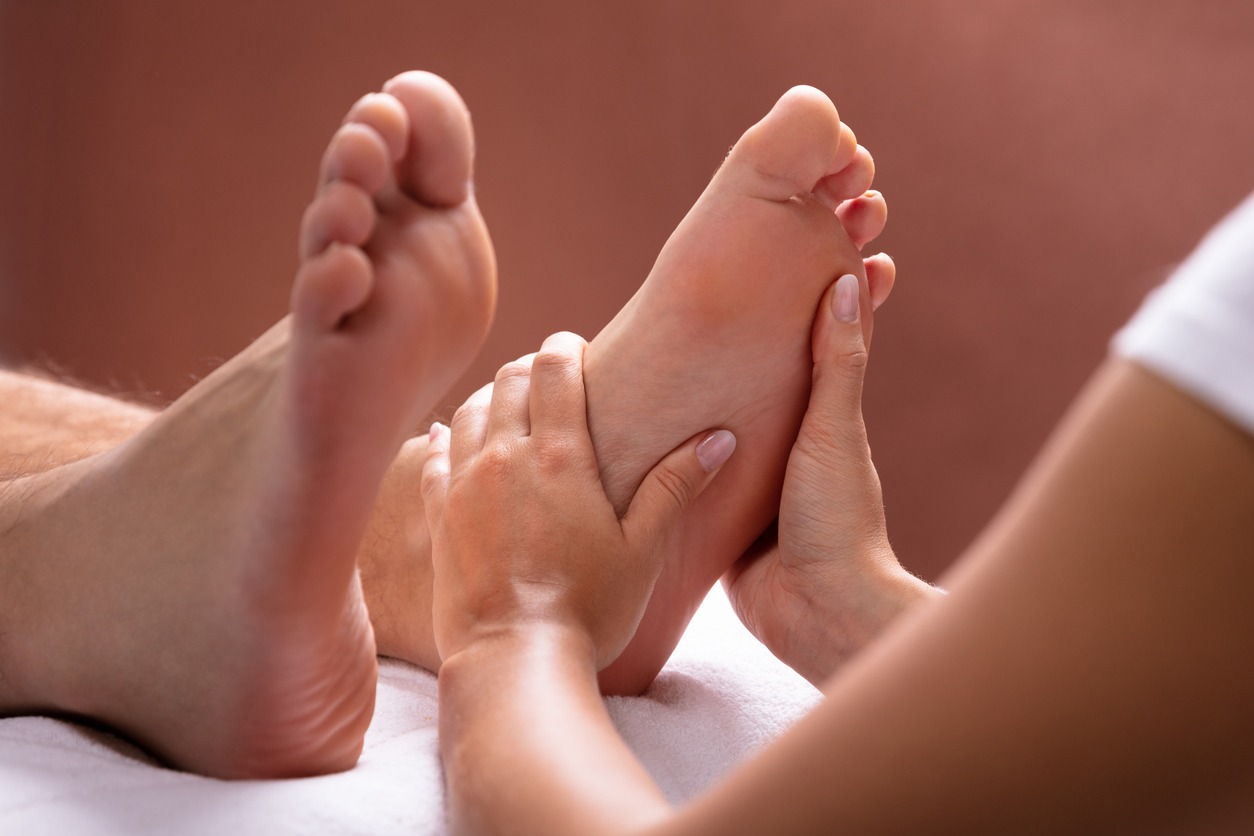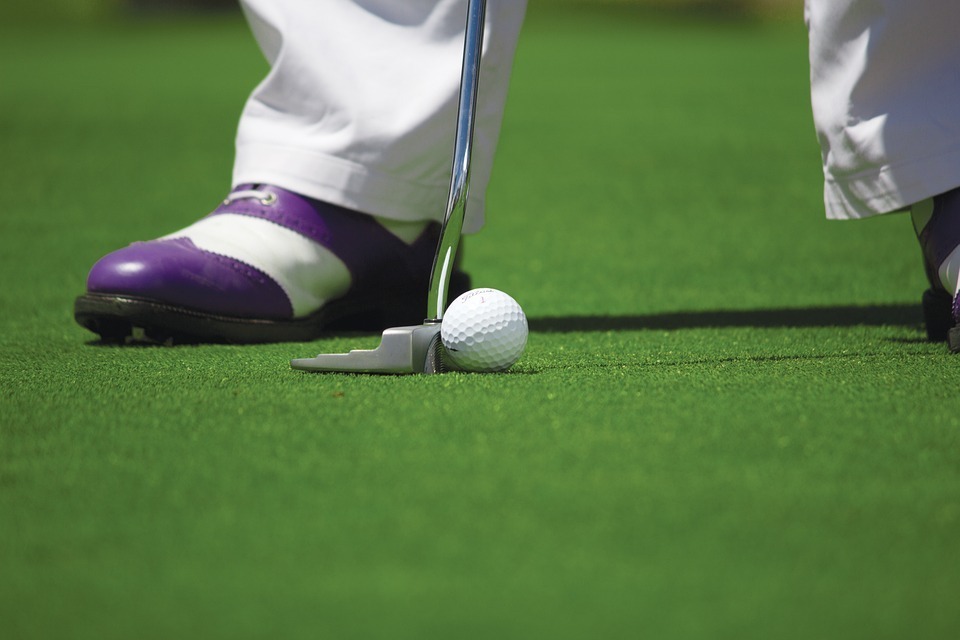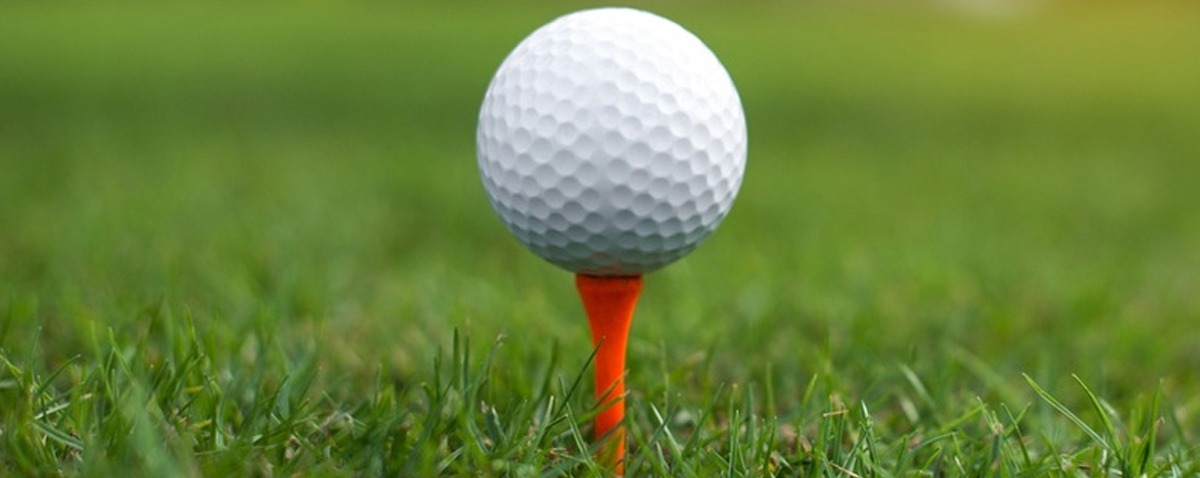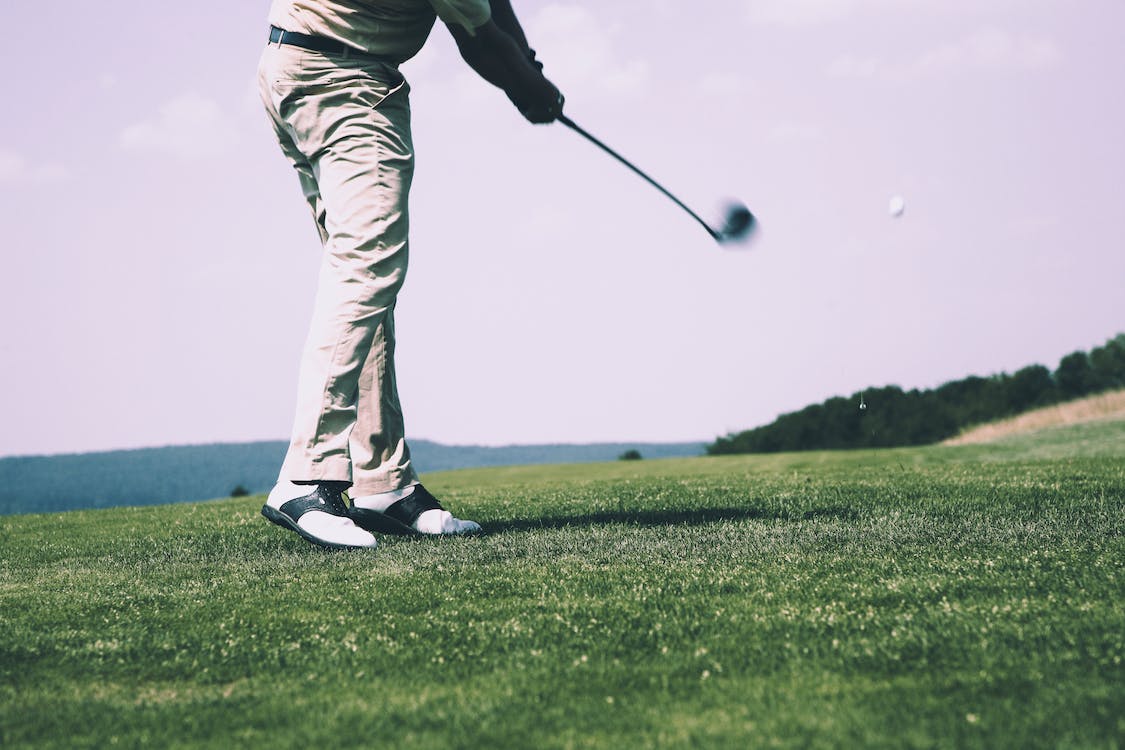Playing golf requires skills, endurance and most importantly healthy feet. It can be time-consuming, as golfers cover long distances and make numerous swings in a round. Despite putting in significant effort to perfect their swing, golfers may overlook the importance of foot health.
Unhealthy feet can affect a golfer’s performance and may even lead to injuries. When a golfer experiences foot pain, it can severely impact their ability to execute low-power and precise strokes, which can ultimately affect their overall game.
In this article, we will discuss the importance of healthy feet and explore the benefits of maintaining healthy feet for golf, such as injury prevention and good performance, and provide guidelines for achieving these goals.
Why are Healthy Feet So Important in Golf?
Maintaining foot health is crucial for golfers to perform at their best and prevent injuries. When swinging a club, golfers shift their weight from their back foot to their front foot, making well-conditioned feet essential. Neglecting foot health can reduce accuracy and cause discomfort, making it difficult to concentrate.
Healthy feet are critical for maintaining balance and stability during a golf swing. Coordinating foot and head movements is essential for success, and foot issues can hinder a golfer’s stability, leading to missed shots and injuries.
Additionally, golf rounds can last for hours and involve a lot of walking, which can cause pain, damage, and discomfort if the feet lack proper support. Wearing appropriate footwear can help absorb shock, prevent calluses, blisters, and stress fractures, and ensure foot health. Moreover, a golfer’s overall physical well-being depends on the health of their feet. Sore or stiff feet can lead to problems in the legs, hips, and back.
How To Improve Foot Health
In addition to wearing well-fitting shoes and moisture-wicking socks, stretching and warming up the feet through exercises like toe lifts, ankle reels, and shin stretches can alleviate foot problems and improve rotation, balance, and stability during swings, reducing the risk of slips and falls. Insoles or orthotics can also provide additional support and correct any imbalances or problems that might be causing pain.
Taking breaks and resting the feet and legs periodically during a game can help prevent fatigue and discomfort, and keeping the feet clean and dry can prevent athlete’s foot and fungal toenails. Regular massage and therapy can promote foot health, improve blood circulation, reduce edema, relieve pain, and enhance recovery.
By wearing appropriate footwear, stretching regularly, taking breaks when necessary, and keeping shoes clean can help golfers maintain foot health. Good hygiene and clean soles can help prevent buildup of bacteria, while custom orthotics can provide substantial assistance to golfers with foot issues.
Preparation
To avoid foot injuries and maintain optimal performance when playing golf, it’s important to prepare properly. This includes selecting appropriate footwear, such as well-fitted golf shoes with adequate arch support, cushioning, and traction, as well as moisture-wicking socks to prevent blisters and keep feet dry.
Another feature worth looking for is soft spikes. Adding soft spikes provides friction and prevents loss of balance during a potential swing. This way you can also avoid twisting your ankle during swings. Soft spikes are easy to maintain and only need to be replaced once at the start of every season.
Before heading out to the golf course, it’s crucial to warm up properly by stretching and doing exercises like heel raises and mini-squats to loosen up muscles and improve body positioning.
By taking care of their feet and warming up correctly, golfers can reduce their risk of injury and perform at their best on the course.
During Play
It’s crucial for golfers to maintain clean feet throughout the game to avoid any potential foot problems. Proper foot alignment and weight distribution are essential to avoid injuries such as toe, heel, or ankle injuries. Golfers should avoid placing too much weight on one foot and try to distribute it evenly.
Foot discomfort or changes should not be ignored, as they can lead to more severe problems that can impact performance. Taking periodic breaks to relax one’s feet and staying hydrated can help prevent injuries and maintain healthy feet.
To avoid putting pressure on joints, golfers should swing in a controlled manner and keep their tempo in check. Wearing comfortable shoes and socks, maintaining proper foot position, and taking frequent breaks are all ways to avoid potential foot problems while playing golf.
After The Game

Looking after your feet post a round of golf can aid in quicker recovery and prevent injury. Proper care of your feet after every round of golf can improve your chances of scoring a perfect goal.
After playing golf, it’s important to examine your feet for any injuries or discomfort. Check for symptoms such as redness, swelling, blisters, or other painful sensations. Addressing these issues before they worsen is crucial for preventing hindered golf performance.
Next, it’s time to relax your feet and legs before the next round of golf. Gentle stretching and massages can aid in stress relief and speed up the healing process for sore feet. Golfers can also take a break and soak their feet in warm water or use a foot roller or massager.
It’s essential to wash and dry your feet after golfing. Sweat and moisture buildup in shoes and socks can lead to bacterial and fungal infections. Before playing golf, thoroughly wash your feet with soap and water, paying attention to sensitive areas. After washing your feet, ensure they are dry, particularly between the toes, before putting on fresh socks. Golfers can also try using ice or cold therapy to reduce pain and swelling in their feet.
Preventative Foot Care
To avoid foot injuries and discomfort during golfing, golfers should take preventative measures. This includes selecting golf shoes that are comfortable and provide ample support, with enough room for toe movement. Breaking in new golf shoes is also important to prevent blisters and other foot-related issues.
Wearing moisture-wicking socks can prevent blisters by keeping the feet dry, while the use of antifungal powder or spray can decrease the chance of developing fungal infections. Pre- and post-round stretches targeting the calves, hamstrings, and feet can reduce foot problems by improving flexibility and reducing the likelihood of muscular strains.
Maintaining proper foot care by clipping toenails and hydrating the skin can help prevent foot disorders, as well as avoiding walking barefoot in public locations like locker rooms, which can lower the risk of fungal infections.
Common Foot Injuries And Causes When Golfing
Although golf is generally considered a low-impact sport, it can still lead to various foot problems that can be prevented with proper precautions. One common foot problem in golfers is plantar fasciitis, which is characterized by inflammation and pain in the thick tissue band along the bottom of the foot. This can cause discomfort and stiffness in the heel, making it difficult to walk or play golf.
Another common issue is metatarsalgia, which can be caused by improper weight distribution during the golf swing or inadequate support from shoes. Golfers who walk the course may also experience blisters and calluses due to ill-fitting shoes and socks. Ankle sprains can also occur if a player twists their ankle or falls during a swing or walk.
To prevent these issues, golfers should warm up and stretch before playing, wear well-fitting shoes, and maintain a stable center of gravity throughout the swing. In case of injury, prompt treatment can help avoid serious problems.
Conclusion
Golf is an interesting sport but also requires a lot of walking and standing, which can cause foot problems if not taken care of properly. Preventative foot care is essential for golfers to avoid injuries and maintain peak performance on the course.
By wearing comfortable shoes and moisture-wicking socks, stretching, maintaining proper posture and weight distribution, and keeping feet clean, golfers can avoid plantar fasciitis, metatarsalgia, pocks and calluses, and ankle sprains. These simple precautions can help golfers enjoy their favorite sport without any pain or discomfort and enhance their performance in the long run.


